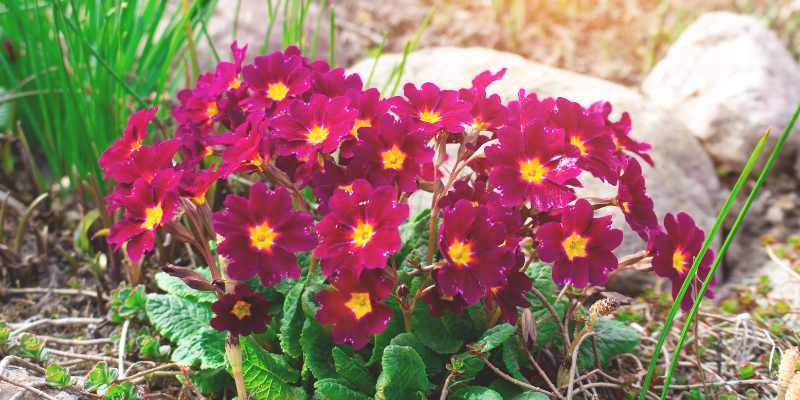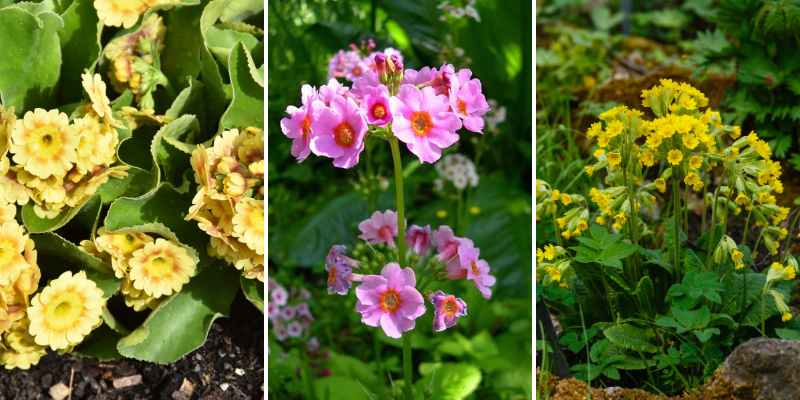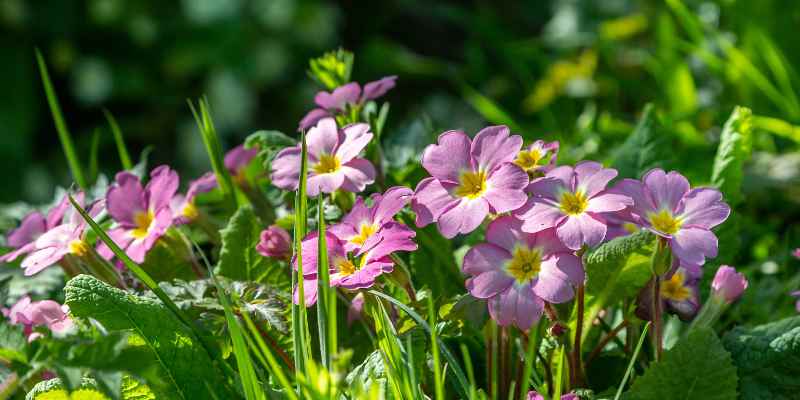Primroses bring a burst of colour to your garden from the very start of spring. However, to maintain their vigour and vibrant flowering, it is essential to divide them regularly. In this detailed tutorial, we will share our best tips on the process of dividing primroses. We will cover all aspects, from the best gardening tools to use to tips for successful replanting. So, gather your tools and let’s get our hands in the soil to learn how to divide primroses like a pro!

Primroses and Primroses
Primroses represent an extremely varied group of perennial or biennial plants that brighten gardens with their bright flowers and lush green foliage. From the genus Primula, these plants include species such as the Common Primrose or Garden Primrose (or Stemless Primrose) which grows in tight clumps, the Oxlip (Primula elatior) with its colourful and slightly elevated flowering, or the Cowslip, known as "Cuckoo" (Primula veris). Additionally, you can find alpine varieties (such as the Primula x pubescens), ideal for rock gardens, and types of primroses for wet areas like the Japanese Primrose. Each of these species, not to mention the numerous horticultural varieties and hybrids, presents unique characteristics in terms of colour, size, and growth requirements, making them a versatile choice for all types of gardens. With minimal maintenance, these plants can create a spectacle of colours and scents that attract attention in spring.

Why dividing your primroses?
Dividing primroses is an essential gardening practice to maintain their health and vigour, as is the case for many perennials. Over time, primroses tend to thicken and form dense clumps of foliage. This compact growth can hinder air and water circulation, creating an environment conducive to diseases. Furthermore, when primroses become too crowded, their flowering can suffer, leading to fewer and sometimes less colourful flowers.
Dividing primroses not only stimulates new growth but also provides an excellent opportunity to multiply them. The division process allows for the regeneration of aging plants, maximises space in your garden, and ensures spectacular flowering year after year.

When and how to divide primroses?
The best time to divide primroses is generally just after flowering, between late spring and early summer. At this time, the plants have exhausted their energy for flowering and enter a phase of active growth, making recovery after division easier. However, these perennial plants can also be divided in late summer or early autumn, when temperatures are milder and the soil is still warm. Whatever time you choose, it is crucial to ensure that weather conditions are favourable and that the soil is well-watered before proceeding with the division.
How to divide?
Start by thoroughly watering the plant a few hours before division, as this helps detach the roots from the soil.
- Use a garden fork to gently lift the clump of primroses to be divided, taking care not to damage the roots.
- Once the plant is extracted, place it on a clean surface and use either your hands or a sharp knife to separate the different sections of the clump. Ensure that each section has enough roots and leaves to ensure healthy growth.
- After division, immediately replant the new clumps of primroses into pre-prepared planting holes. The soil should be rich, well-drained, and ideally amended with compost or another organic material.
- Water the newly divided plants generously to establish good contact between the roots and the soil, promoting quick recovery.
Remember to provide regular watering afterwards and an organic mulch (straw, flax shavings, fallen leaves...) to help the new plants acclimatise to their new environment.

Necessary equipment
- Garden fork or spading fork
- Pruning knife or garden knife
- Gardening gloves
- Watering can
































Comments